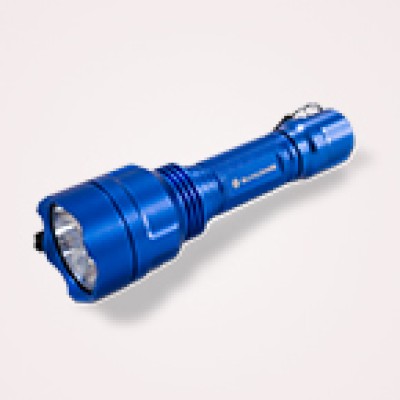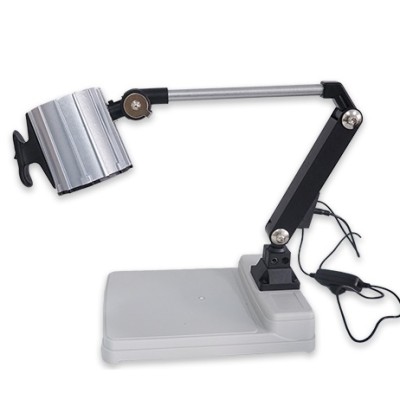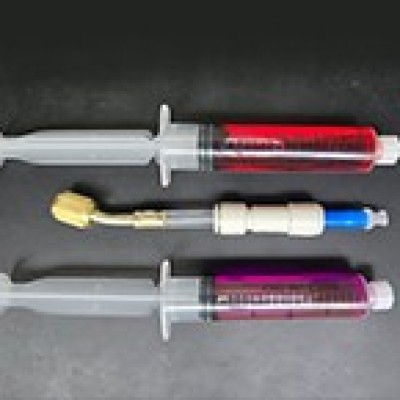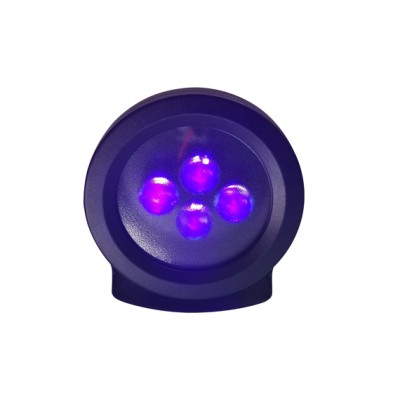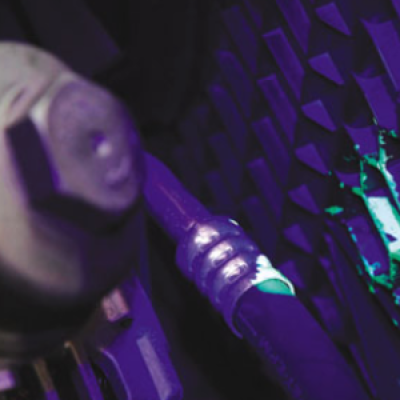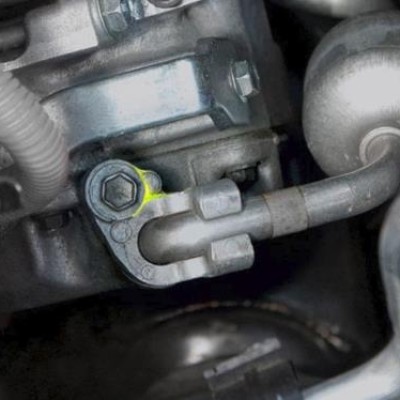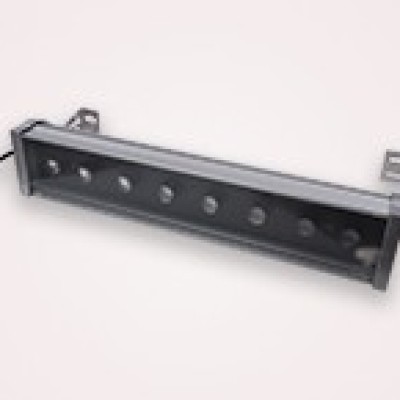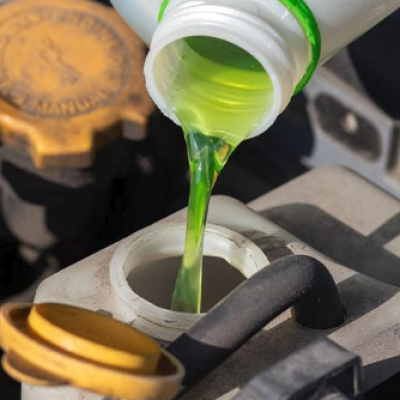Fluorescence stereo microscopy is an effective method used by scientists all over the world to closely examine organic samples in high definition, especially in conditions where high magnification is required. Once fluorescence material is introduced into the sample, these microscopes will then pick up the luminescence, thereby highlighting structures and components that would otherwise be invisible to us.
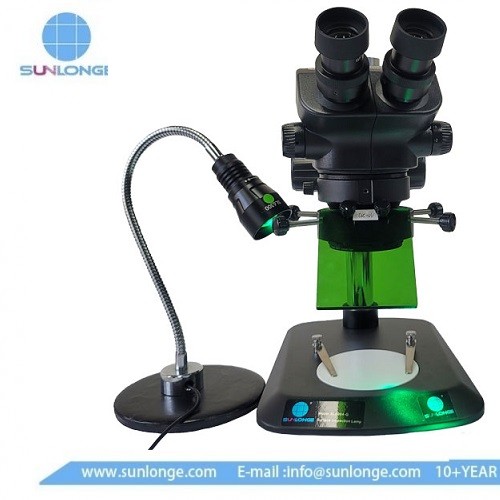
Under traditional settings, scientists and researchers have used conventional fluorescence stereo microscopes supplied by the major suppliers of these instruments in the industry, which include Nikon, Olympus, Carl Zeiss, and Leica (generally abbreviated as NOZL systems). In recent years, stereo microscope fluorescence adapters have been introduced into the picture, but many researchers still wonder whether they offer better results to their users.
In this article, we'll take a closer look at some of the most important features and advantages that traditional NOZL and SFA systems come with to help you figure out what might work best for you.
Traditional NOZL Vs SFA Systems: A Side-By-Side Comparison
There are three main differences and qualities that determine the performance of fluorescence microscopes. These include:
Excitation
Traditional NOZL systems generally use multi-wavelength LEDs (Light Emitting Diode) or high-intensity mercury arc light sources. They utilize interference filters that allow us to select the wavelength excitation ranges we prefer. When properly set up, NOZL systems will have the samples lit up from above as the excitation light passes through the objective lenses.
Stereo fluorescence adapters make use of interchangeable LEDs, where each one emits a specific excitation wavelength that meets the sample directly instead of being delivered past the microscope's optic lenses.
Emission
In NOZL microscope systems, you can use the interference filter to determine the wavelength range of the emissions produced. With SFA systems, you can use interchangeable filters that are fitted to each light head, and you can quickly exchange the magnetically mounted filters.
Versatility
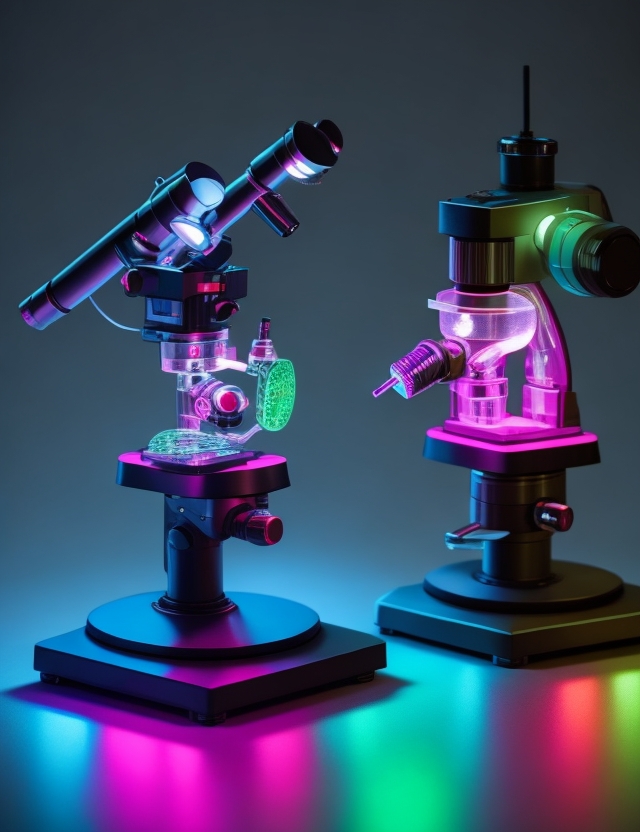
The fluorescence in NOZL systems is closely integrated with the microscope itself, leaving little space for customization and user preference. Compared to this, SA systems offer users a lot of freedom and maneuverability and are designed to be universally compatible with all types of fluorescence microscopes on the market today.
Warm-Up and Cool-Down Times
SFA systems have nearly instantaneous ON/OFF controls, meaning that there is virtually no warming-up or cooling-down time required whenever you use them. Traditional NOZL systems, on the other hand, such as those that use high-pressure mercury arc-discharge lamps, need several minutes to properly warm up before they are used and several minutes to cool down afterward.
Portability
Because of their large sizes and bulky designs, traditional NOZL systems are much harder to move from one place to another, making outdoor research or research in distant locations relatively difficult. SFA systems are easily transported and shifted, thus making outdoor research and distant outreach initiatives much easier to carry out.
Wavelength Adaptability
Traditional NOZL systems use single multi-purpose shields that cannot be tuned to match particular wavelengths, which can be a limiting constraint on the scope of wavelengths researchers and scientists can effectively observe. Stereo fluorescence microscope adapters allow us to use interchangeable shields that can be selected to closely match the specific excitation wavelengths being used in the project.
Cost
Budget concerns are always a critical factor to consider when it comes to scientific research and exploration, especially where sophisticated equipment such as high-powered microscopes are concerned. SFA systems are generally much less expensive than traditional NOZL systems. The prices involved may differ by a factor of anywhere between 10 and 20, depending on the specific options and preferences you select.
Final Thoughts
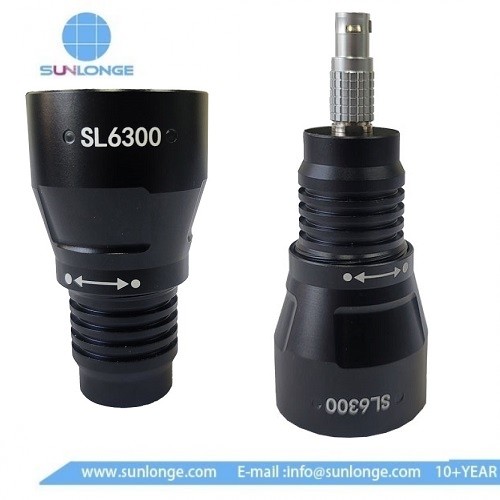
In the final analysis, Fluorescence Stereo Microscope Adapters have grown to become highly useful tools in the hands of researchers and scientists all over the world. Compared to traditional systems, SAs are considered to be more effective for the study of samples with fluorescence expression, micro-dissection, microsurgery, screening purposes, field research, and outreach purposes.
Sunlonge International has been a trusted provider of world-class microscope solutions to scientists, researchers, academics, medical professionals, and various governmental as well as private institutions.
The SLF6300 Microscope Fluorescence Adapter is one of their most successful products, and is capable of enhancing your research efforts by providing a reliable, durable, portable, powerful, and cost-effective lighting solution for all your needs.
Contact Sunlonge International and place your order today. You won't regret it!
 CN
CN

